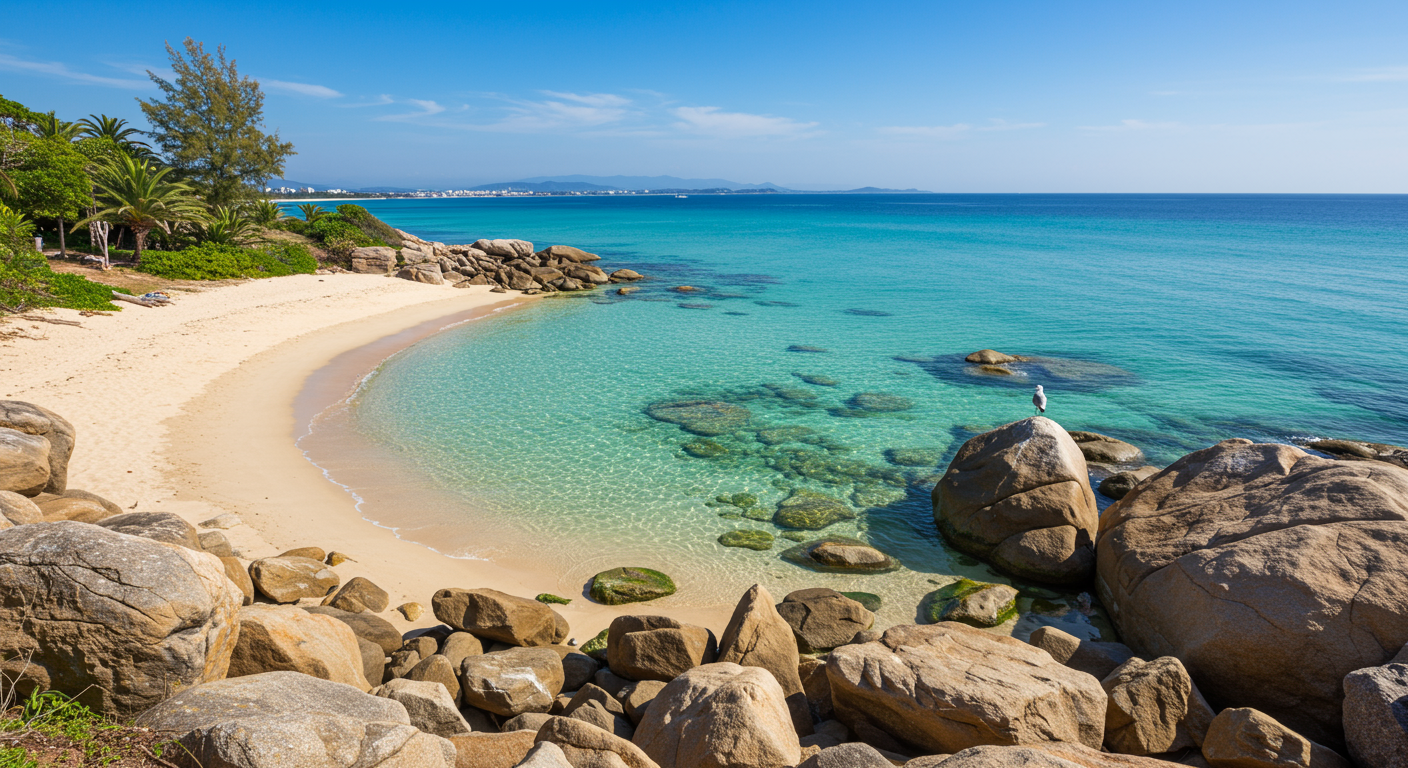Well, if there's one thing Florida can count on, it's sunshine, hurricanes, and more sunshine. With recent storms throwing their weight around and shaking up the real estate scene, what does all of this wind and water mean for buyers, sellers, and anyone dreaming of palm trees and dolphins without a side of storm surge??
Today, we're sharing an update on what's happening in Florida's coastal regions and how recent weather events have influenced prices, property values, and buyer interest.
Whether you're considering a move, investment, or just want to stay informed, Let's dive right in!
- Flood Zone Awareness: While “flood zone X” sounds like a super-spy hideaway, it's really just the lowest flood-risk area. But, as Tropical Storm Debbie demonstrated, “low risk” isn't “no risk,” so evaluating elevation, drainage, and community resilience from past storms is essential.
- New Demand for Inland Homes: Areas in Sarasota that are further inland will likely see increased demand for both sales and rentals from coastal homeowners looking to move to lower-risk areas. This shift could mean good things for inland property values, even if some are swapping beach waves for lake views.
While Florida's hurricanes add a bit of suspense to the home-buying process, people still flock here for the palm trees, sunshine, and, let's be honest, the no state income tax.
The key is knowing your risks, understanding the flood zones, and keeping an eye on elevation. Plus, with newer builds designed to withstand a monsoon, you can have peace of mind that your Florida dream won't be washed away.
Got questions? Just shoot me a message—happy to chat all things property, hurricanes, or why anyone would willingly live where rain pours sideways.
Ryan & Theresa Skrzypkowski & Team RSTS









